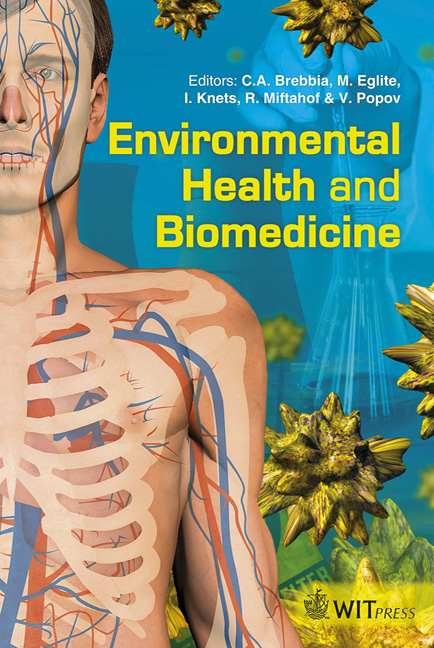The Effect Of Time On The Results Of Children’s Spine Examinations
Price
Free (open access)
Transaction
Volume
15
Pages
9
Page Range
427 - 435
Published
2011
Size
5,072 kb
Paper DOI
10.2495/EHR110371
Copyright
WIT Press
Author(s)
M. Takács, E. Rudner & R. M. Kiss
Abstract
With the ultrasound based motion analyzing system it is possible to measure the shape of the spine not only of adults but of children too. Ultrasound based spine measurements play an important role in diagnosing spine deformities in children (bad posture, flat back, scoliosis), as well as after diagnosis, during conservative follow-up. Previous research has already justified the accuracy and reliability of the ultrasound-based analysis method. However, the question of whether the short length of time between the two tests had an effect on the results was not examined and answered by previous research. The aim of our study was to clarify whether the shape of the spine changes significantly during the 15 minute-long examination of healthy children and children with various spine deformities. We measured children aged 8 to 11, of whom 115 were healthy (52 boys, 63 girls, average age: 8.7±1,2 years, average weight: 35.8±9,7 kg, average height: 138.8±9,05 cm), 56 had bad posture (21 boys, 35 girls, average age: 8.4±1,26 years, average weight: 30.6±7,67 kg, average height: 137.0±9,18 cm), 6 had flat backs (3 boys, 3 girls, average age: 8.3±1,21 years, average weight: 31.2±6,43 kg, average height: 138.2±7,88 cm) and 20 had scoliosis (10 boys, 10 girls, average age: 9.3±1,13 years, average weight: 32.9±4,95 kg, average height: 134.4±6,76 cm). At first we described the shape of the spine in a straight posture using the Zebris ultrasound motion analysis system, then we repeated the procedure after 15 minutes. When we compared the results it turned out that the differences were significantly smaller than the standard deviations (0.1-2.7 at kyphosis, 0.3-7.4 at lordosis, 0.1-1.1 at sagittal inclination, and finally 0.1-1.0 at frontal inclination). The correlation was strong at kyphosis and lordosis (0.77-0.98), however, it was low at frontal and sagittal inclination (0.18-
Keywords
bad posture, spine, spine curvature, schoolchildren, ultrasoundbased system, Zebris, posture





